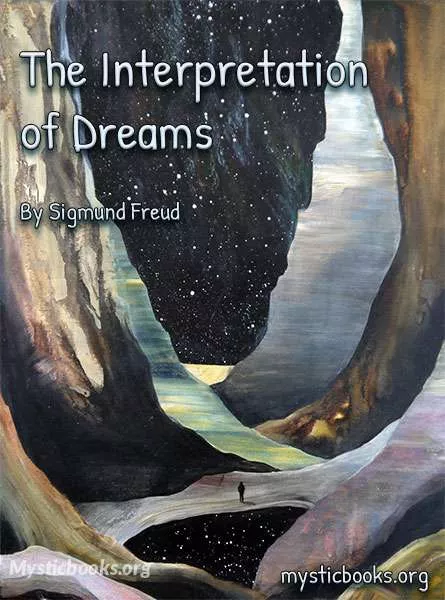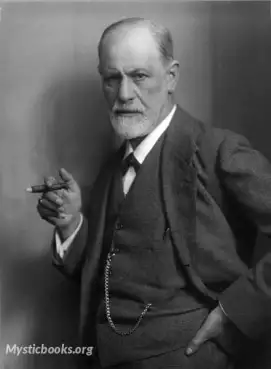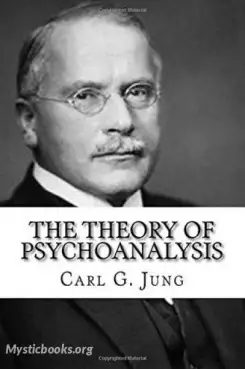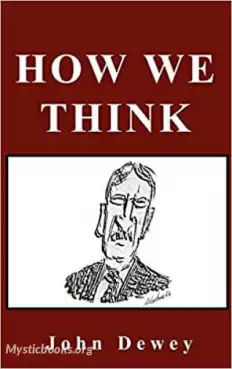
The Interpretation of Dreams
'The Interpretation of Dreams' Summary
Dreams, in Freud's view, are formed as the result of two mental processes. The first process involves unconscious forces that construct a wish that is expressed by the dream, and the second is the process of censorship that forcibly distorts the expression of the wish. In Freud's view, all dreams are forms of "wish fulfillment" (later in Beyond the Pleasure Principle, Freud would discuss dreams which do not appear to be wish-fulfillment). Freud states: "My presumption that dreams can be interpreted at once puts me in opposition to the ruling theory of dreams and in fact to every theory of dreams..."
Freud advanced the idea that an analyst can differentiate between the manifest content and latent content of a dream. The manifest content refers to the remembered narrative that plays out in the dream itself. The latent content refers to the underlying meaning of the dream. During sleep, the unconscious condenses, displaces, and forms representations of the dream content, the latent content of which is often unrecognizable to the individual upon waking.
Critics have argued that Freud's theory of dreams requires sexual interpretation. Freud, however, contested this criticism, noting that "the assertion that all dreams require a sexual interpretation, against which critics rage so incessantly, occurs nowhere in my Interpretation of Dreams. It is not to be found in any of the numerous editions of this book and is in obvious contradiction to other views expressed in it." Freud stated that “The interpretation of dreams is the royal road to a knowledge of the unconscious activities of the mind."
Sources of dream content
Freud claimed that every dream has a connection point with an experience of the previous day. Though, the connection may be minor, as the dream content can be selected from any part of the dreamer's life. He described four possible sources of dreams: a) mentally significant experiences represented directly, b) several recent and significant experiences combined into a single unity by the dream, c) one or more recent and significant experiences which are represented in the content by the mention of a contemporary but indifferent experience, and d) an internal significant experience, such as a memory or train of thought, that is invariably represented in the dream by a mention of a recent but indifferent impression.
Oftentimes people experience external stimuli, such as an alarm clock or music, being distorted and incorporated into their dreams. Freud explained that this is because "the mind is withdrawn from the external world during sleep, and it is unable to give it a correct interpretation ..." He further explained that our mind wishes to continue sleeping, and therefore will try to suppress external stimuli, weave the stimuli into the dream, compel a person to wake up, or encourage him or her to overcome it.
Freud believed that dreams were picture-puzzles, and though they may appear nonsensical and worthless on the surface, through the process of interpretation they can form a "poetical phrase of the greatest beauty and significance."
Condensation, displacement, and representation in dreams
Dreams are brief compared to the range and abundance of dream thoughts. Through condensation or compression, dream content can be presented in one dream. Oftentimes, people may recall having more than one dream in a night. Freud explained that the content of all dreams occurring on the same night represents part of the same whole. He believed that separate dreams have the same meaning. Often the first dream is more distorted and the latter is more distinct. Displacement of dream content has occurred when manifest content does not resemble the actual meaning of the dream. Displacement comes through the influence of a censorship agent. Representation in dreams is the causal relation between two things. Freud argues that two persons or objects can be combined into a single representation in a dream (see Freud's dream of his uncle and Friend R).
On Dreams
An abridged version called On Dreams was published in 1901 as part of Lowenfeld and Kurella's Grenzfragen des Nerven und Seelenlebens. It was re-published in 1911 in slightly larger form as a book. On Dreams is also included in the 1953 edition and the second part of Freud's work on dreams, Volume Five, The Interpretation of Dreams II and On Dreams. It follows chapter seven in The Interpretation of Dreams and in this edition, is fifty-three pages in length. There are thirteen chapters in total and Freud directs the reader to The Interpretation of Dreams for further reading throughout On Dreams, in particular, in the final chapter. Immediately after its publication, Freud considered On Dreams as a shortened version of The Interpretation of Dreams. The English translation of On Dreams was first published in 1914 and the second English publication in the James Strachey translation from 1952. Freud investigates the subject of displacement and our inability to recognize our dreams. In chapter VI, page 659, he states: "It is the process of displacement which is chiefly responsible for our being unable to discover or recognize them in the dream-content" and he considers the issue of displacement in chapter VIII, page 671 as: "the most striking of the dream-work."
Book Details
Language
EnglishOriginal Language
GermanPublished In
1899Authors

Sigmund Freud
Austrian Empire
Sigmund Freud ; born Sigismund Schlomo Freud was an Austrian neurologist and the founder of psychoanalysis, a clinical method for treating psychopathology through dialogue between a patient and a psyc...
Books by Sigmund FreudDownload eBooks
Listen/Download Audiobook
- Select Speed
Related books

Heilige Weten by Louis Couperus
In 'Heilige Weten', the final installment of Couperus's 'Boeken der Kleine Zielen' cycle, the story shifts focus to Addy, now a doctor and head of a s...

Shakespeare at the Globe, 1599-1609 by Bernard Beckerman
Step into the vibrant world of William Shakespeare's most iconic plays in "Shakespeare at the Globe, 1599-1609" by Bernard Beckerman, a captivating ex...

Where My Books Go by William Butler Yeats
LibriVox volunteers bring you thirteen different readings of the short poem Where My Books Go by William Butler Yeats, a weekly poetry project. (Summa...

A Study in the Psychology of Religious Phenomena by James H. Leuba
"The present essay when complete will contain three parts. Of the two parts now published, the first is an analysis of the conversion process; it is d...

Your Mind and How to Use It by William Walker Atkinson, Theron Q. Dumont
William Walker Atkinson was one of the most prominent contributors to the literature of the New Thought movement, a non-denomination spiritual philoso...

Reflections on War and Death by Sigmund Freud
Anyone, as Freud tells us in Reflections on War and Death, forced to react against his own impulses may be described as a hypocrite, whether he is con...

The Theory of Psychoanalysis by Carl Jung
Jung says the following in his introduction: "in these lectures I have attempted to reconcile my practical experiences in psychoanalysis with the exis...

How We Think by John Dewey
What it means to think and what it means to be a true educator. Dewey also provides a framework for analyzing your own biases and assumptions and the...

A Series of Lessons in Raja Yoga by William Walker Atkinson, Theron Q. Dumont
The Book talks on the internal world of the self. The real nature of the subconscious mind, the way to control it, how ego comes into play and most fr...

Theory of Psychoanalysis by Carl Gustav Jung
Carl Jung's "Theory of Psychoanalysis" presents his groundbreaking theoretical work in the field of psychology. Expanding upon the Freudian framework...
Reviews for The Interpretation of Dreams
No reviews posted or approved, yet...